Compare Regional Climate Projections Side-by-side
Use the popup menus along the top edge of this interactive (below) to choose a pair of maps to view side-by-side. For example, try comparing:
- temperature change in North America vs. precipitation change in North America
- temperature change in South America as compared to temperature change in Africa
Credits: Images courtesy of the IPCC (AR4 WGI Chapter 11 Supplementary Materials figures S11.5 through S11.20).
These maps depict projections of future climate in various regions of the world. You may choose from eight different regions, and can display either changes in temperature or changes in precipitation.
These projections represent averages from 21 different climate models. They show how much change is expected near the end of the 21st century as compared to late 20th century values. Specifically, the maps show the projected average values for the years 2080 to 2099 as compared to the average values a century earlier (1980 to 1999).
- The maps showing temperature have a scale running from -1° C. (that is, a decrease in temperature of 1°) to +10° C.
- The maps showing precipitation have a scale running from -50% (a 50% decrease in precipitation) to 50% (a 50% increase in precipitation).
You might also be interested in:
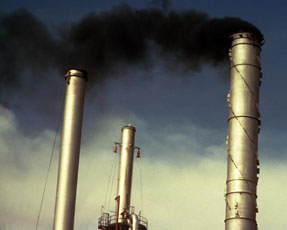
Leaders from 192 countries are meeting in Copenhagen, Denmark December 7-18, 2009 to decide how the world will deal with climate change. They are trying to decide how to limit the amount of greenhouse
...more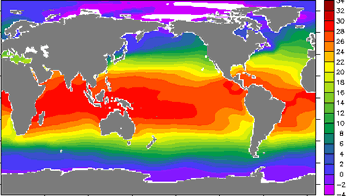
The climate where you live is called regional climate. It is the average weather in a place over more than thirty years. To describe the regional climate of a place, people often tell what the temperatures
...more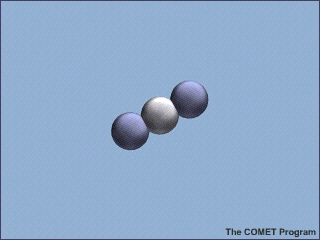
Even though only a tiny amount of the gases in Earth’s atmosphere are greenhouse gases, they have a huge effect on climate. There are several different types of greenhouse gases. The major ones are carbon
...more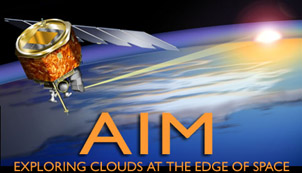
Satellites that orbit Earth help us study Earth's atmosphere, weather, and climate. Here are a few of the many spacecraft that study our atmosphere. Aura was launched in July 2004. It is studying pollution,
...more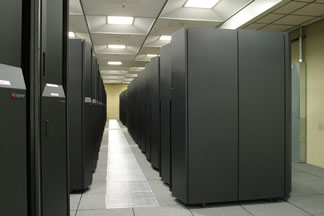
To figure out the future of climate change, scientists need tools to measure how Earth responds to change. Some of these tools are global climate models. Using models, scientists can better understand
...more
Over 100 years ago, people worldwide began burning more coal and oil for homes, factories, and transportation. Burning these fossil fuels releases carbon dioxide and other greenhouse gases into the atmosphere.
...more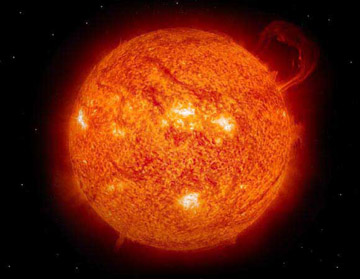
Some of the factors that have an affect on climate, like volcanic eruptions and changes in the amount of solar energy, are natural. Others, like the addition of greenhouse gases to the atmosphere, are
...more














